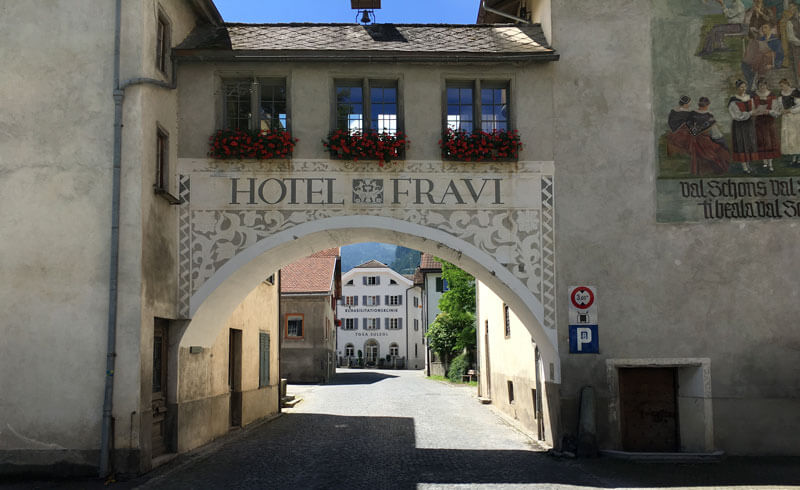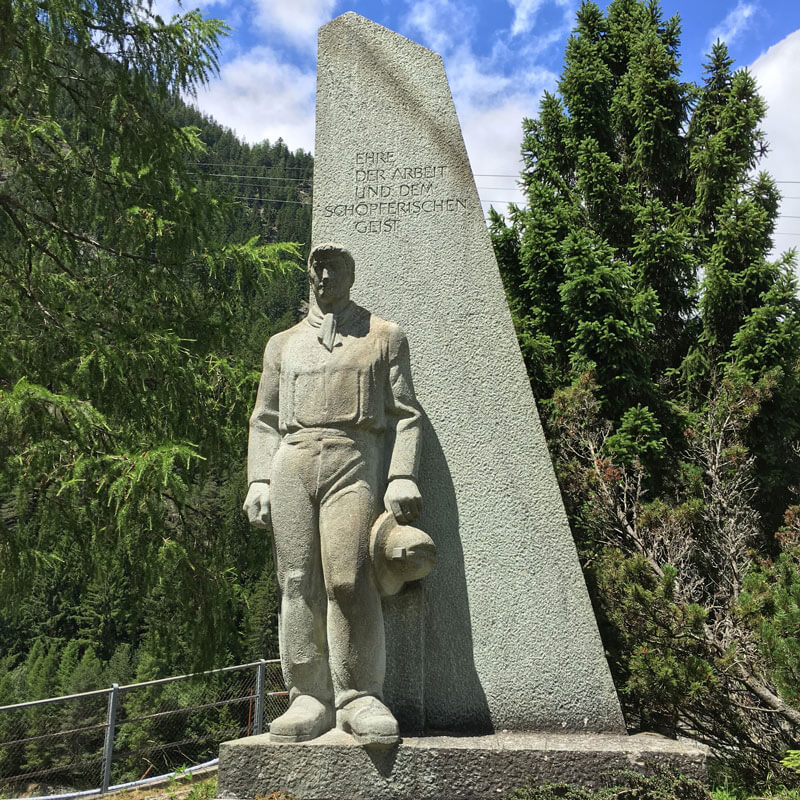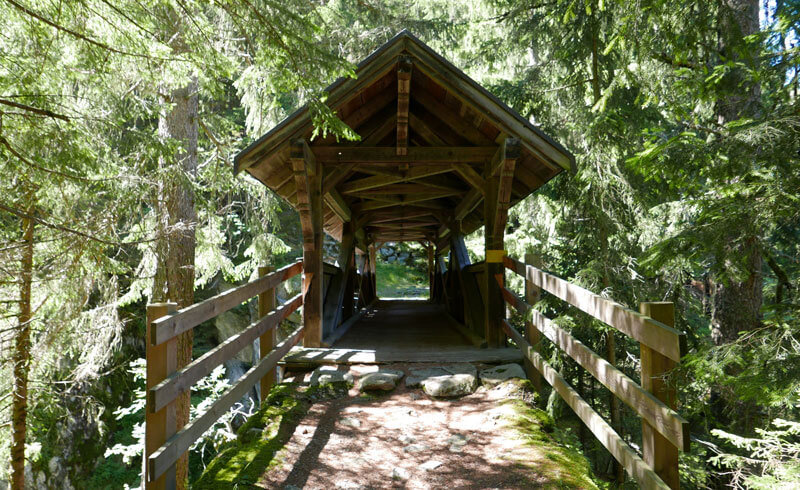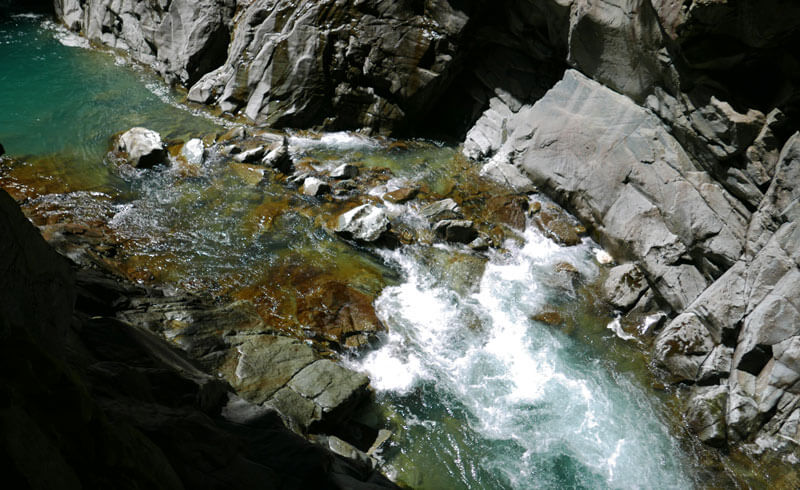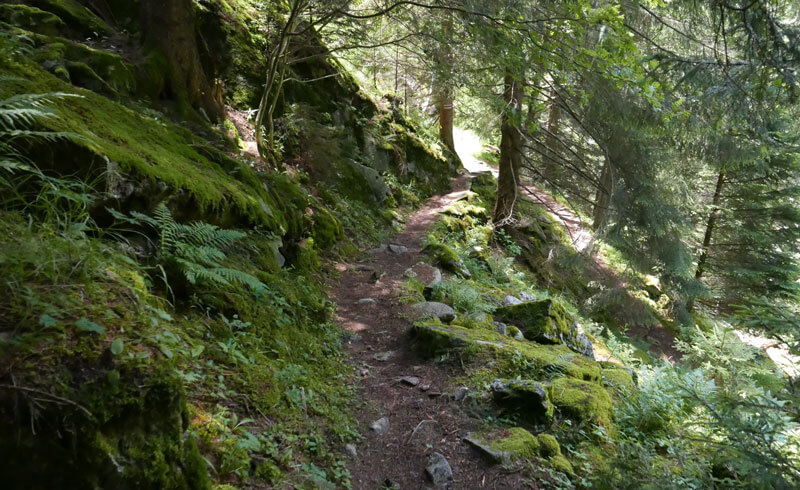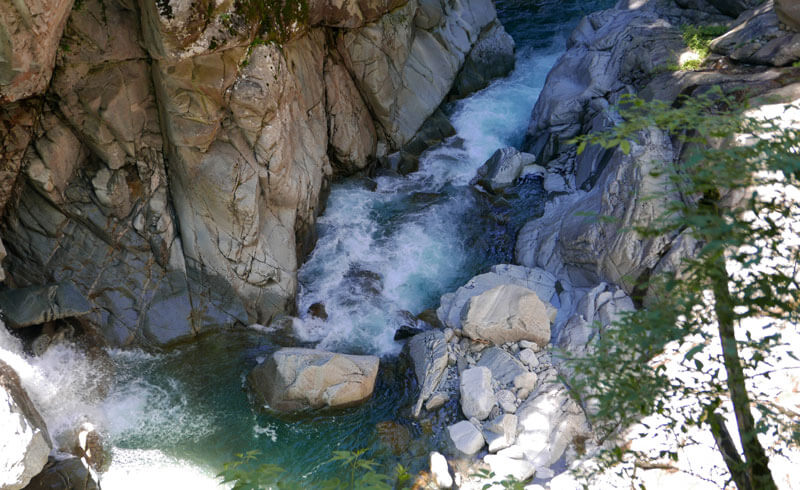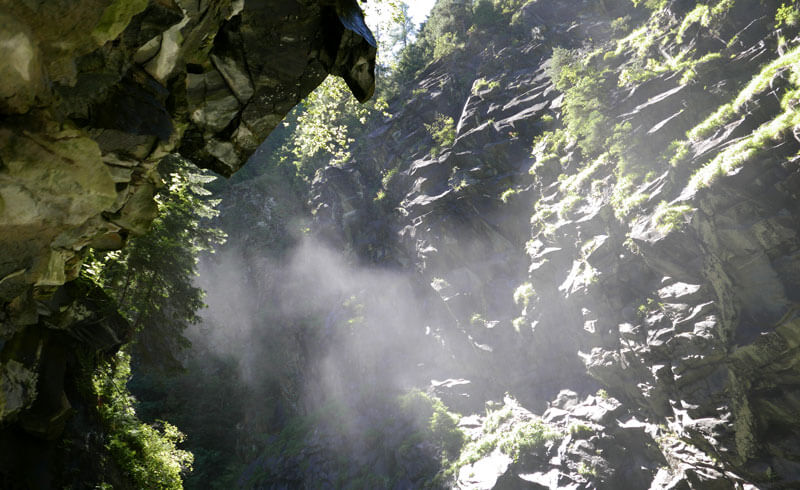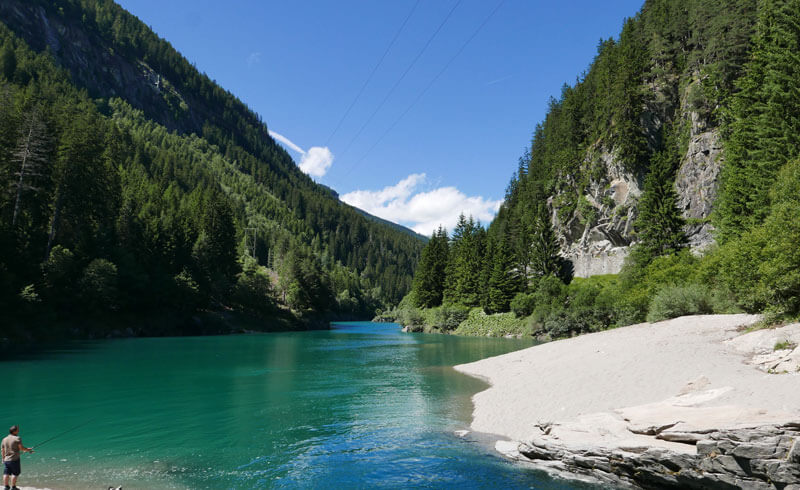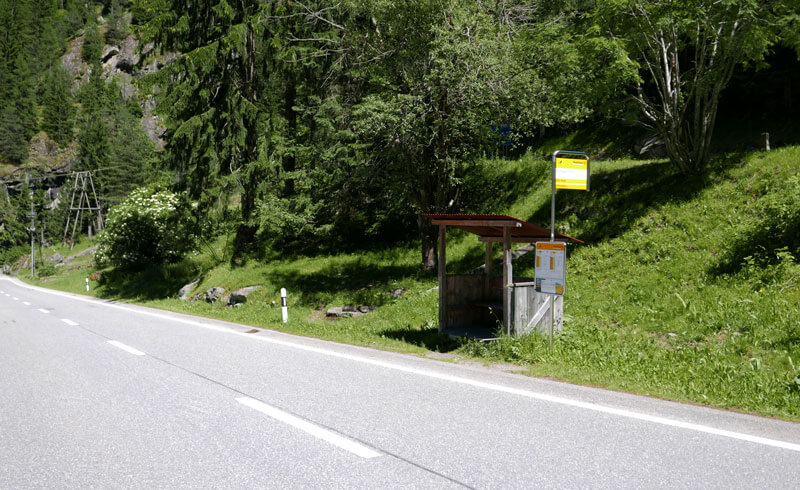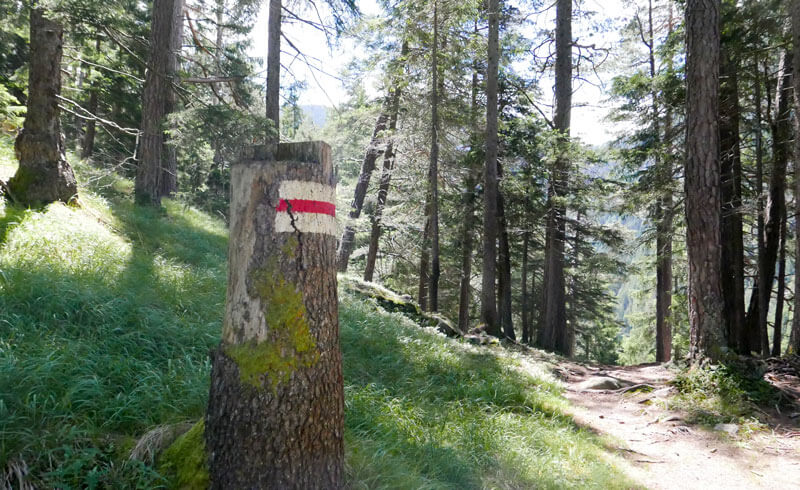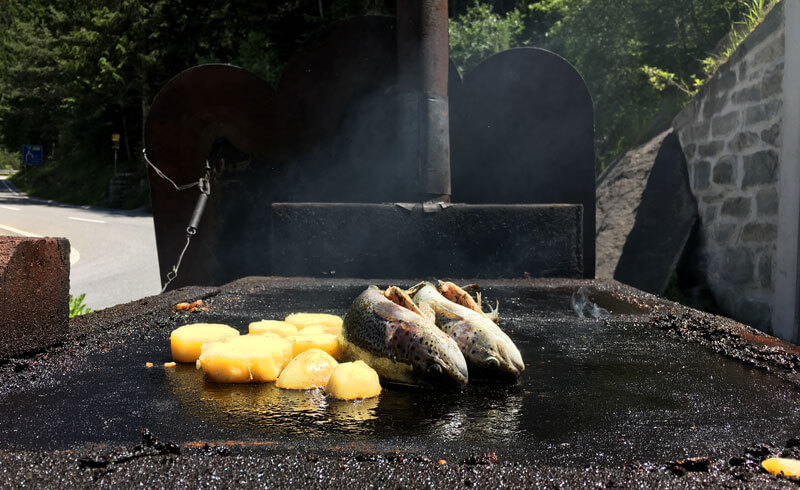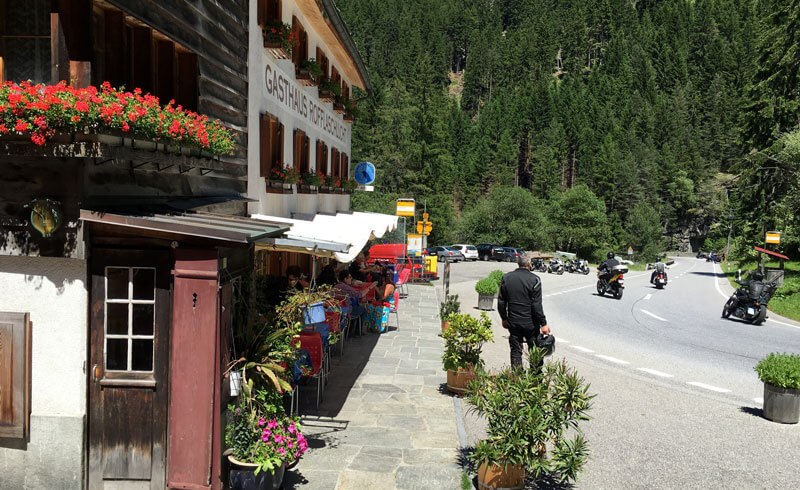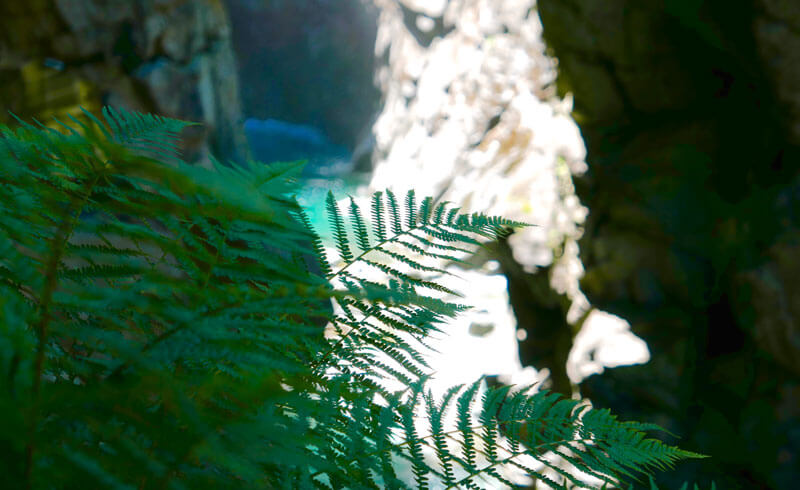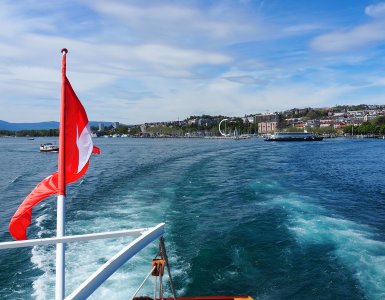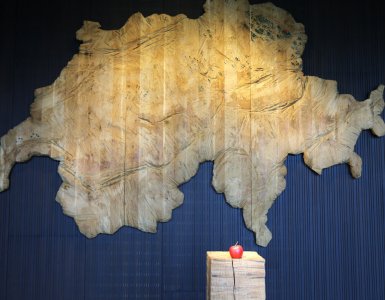There are two letters with which anyone living in Switzerland should acquaint themselves: GA.
The Generalabonnement is a public transportation pass that allows you to hop on pretty much any train, bus, tram, and ferry in Switzerland without having to buy an additional ticket. It is my ticket to freedom, and I use it as much professionally as privately.
Last week, my girlfriend and I were in Basel having dinner with a friend. We were talking about our upcoming trip to Filisur, with a stop in Andeer. While enjoying a delicious trout on the banks of the Rhine, our friend Tom told us that the best trout he had ever tried was near Andeer. He said we needed to go to the Gasthaus Rofflaschlucht, both for the trout and the amazing story of the waterfall behind the restaurant.
It sounded like the perfect excuse to go on an adventure.
When there was not enough to go around
Christian Pitschen-Melchior’s story is one of those incredible ones. If you heard it while it was happening, you would shake your head, chuckle and call him a nutter. The crazies, where would the world be without them?
You would not think it today, but until quite recently, Switzerland was a rather poor country. The alpine terrain meant land was scarce and splitting up plots among children caused those properties to shrink over time. As landholdings shrunk to sizes that could not sustain families, people were forced to emigrate. Switzerland’s industrial revolution was quite small because Switzerland does not have direct access to the oceans nor does it have large coal deposits.
Added to the lack of large-scale industry, the 1874 amendment to the Swiss Constitution that banned foreign states from hiring Swiss mercenaries, meant that this line of work was also gone. Up to that point, hired Swiss soldiers served as fighting units for the French, Spanish, English and Dutch crowns, often leading to Swiss fighting Swiss on foreign soil.
Communes had to come up with a solution to help alleviate the problem of poor, landless or nearly landless but able-bodied people staying in Switzerland. Towards the end of the 19th century, they started to pay travel costs (steerage) to facilitate emigration to America.
Gotthard or bust
After the Gotthard tunnel and the railway had connected Italy with northern Europe, other alpine routes saw a sudden and dramatic drop in traffic. For the guest houses and coach companies that served these areas, the effects were devastating.
The Pitschen-Melchior family was among those who were hit. They owned and ran the last guesthouse before the Splügen and San Bernadino pass. With fewer people traveling over it, they could no longer sustain their family. To help his parents, Christian and his family decided to emigrate to America while the commune was paying. Christian was the first to make the voyage across the Atlantic in 1890. He was joined five years later by his wife, Maria.
New York’s not for Everyone
In the new world, Christian found work as a servant to a wealthy New Yorker. But he was not happy. New York was not his home and it definitely was nothing like Graubünden. Even after his wife arrived and the family grew, they still failed to adopt New York as their home.
While traveling with his employer one year, Christian made it to Niagara Falls. It is where this emigrant realized that the waterfalls were a major tourist attraction and could generate income. No doubt, he also went into the Cave of Winds behind the Bridal Veil Falls – or at least he had heard about it.
You can probably guess where this story is going now. For all the mist before his eyes, Christian had a vision. Behind the family guesthouse in Graubünden, right near the origin of the Rhine river, there was a beautiful gorge with a waterfall. Christian had a dream of turning it into an attraction.
One can imagine the excitement with which he must have told his wife and children of his experience. Soon after, in 1901, the Pitschen-Melchiors returned to Switzerland and took over the family guesthouse in the Rofflaschlucht.
Building a Dream
Like any good Swiss, Christian consulted with his family – parents, siblings, wife and kids – and then called in experts to see how they could make the waterfall in the Rofflaschlucht accessible. The professionals, like any good Swiss business, listened to the idea, thought it was crazy and put in an offer for the work that took into account the risk of the venture.
Needless to say, the price was more than the subsistence family could afford. Christian would not be deterred, though. If he couldn’t afford to have someone build his dream, he’d work on it himself.
Let the Blasting Begin
By the winter of 1906/1907, Christian had finished the planning, bought the tools and dynamite and was ready to start the physical task of blasting a path to the waterfall. Work had to be done in the winter because the summers were spent taking care of guests and the farm. With a hand drill, Christian, Maria, and the family started drilling holes for the explosives.
The first explosion happened on December 18, 1906. In the village of Andeer, about 3 km from the gorge, people thought Christian was crazy. In good German, he was known as a Spinner. The work was slow, dangerous, and without any apparent gain or value. Like many who blaze their own path in this world, Christian’s existence must have been hard in those years. He and his family must have often felt like outsiders in their community.
A Sisyphean task
By the summer of 1907, despite the minimum ground gained, the first tourists were allowed to go back in the gorge. The entrance fee was set at 30 Rappen (about 2.90 francs in today’s money). According to Christian’s son Andreas, many people were excited and wanted to see where the project would lead, others found that it was a Sisyphean task as 1907 rolled into 1908, 1909, 1910, and 1911, the year a falling stone broke Christian’s leg.
Lying in the living room of their house with his wife Maria taking care of him, there were surely moments when Christian himself wondered what he was doing.
8000 charges
Imagine the scene in 1914, when after seven winters of drilling and blasting, the walkway with galleries to and behind the waterfall were completed. In all, Christian and his family hand drilled some 10’000 holes for 8’000 explosive charges. By the time of the grand opening, the entrance fee had more than tripled to 1 franc (equivalent to 9 francs today).
The Rofflaschlucht canyon was a success, and it attracted tourists like Christian had hoped. More importantly than the takings for the entrance it gave people a reason so make their way to the guesthouse, where they could have a drink, eat a meal and maybe even spend the night.
Despite proving many naysayers wrong and successfully completing his project, Christian Pitschen-Melchoir preferred to stay out of the limelight.
The scenic way to the Rofflaschlucht canyon
From Andeer, it is a pleasant 1.5-hour hike through fresh, green forests to the Rofflaschlucht. We followed the Splügen hiking trail. Arriving at the Gasthaus, we see that it is popular with vintage car aficionados and motorcyclists from Switzerland and Italy.
The staff is fluent in German and Italian. By the street, a wood-fired, black iron grill plate is manned by an elderly gentleman with a white beard sitting on a bicycle seat mounted on a post. A younger boy, perhaps 13 years of age, runs to and from the grill barefoot, before taking over at the grill.
We take our friend Tom’s advice and order the trout with potatoes. Two fish, which were swimming in the fish pond around back shortly before our arrival, are stuffed with freshly picked herbs and carefully placed on the grill.
Soon after, our plates arrive: The best, grilled trout I have ever had! After lunch, we go back to the Rofflaschlucht and see Christian Pitschen-Melchior’s creation. The sound of the water crashing into the pool below, the delicate mist rising and getting caught halfway up the gorge make for a magical atmosphere. The trip has definitely been worth it.
Now, more than a hundred years since it first opened, the Rofflaschlucht still attracts tourists. The entrance fee of 3.50 francs has not kept up with inflation. The takings help pay for the upkeep of the path. And just like when it first opened, the attraction does more to generate income for the guesthouse than for itself.

